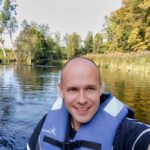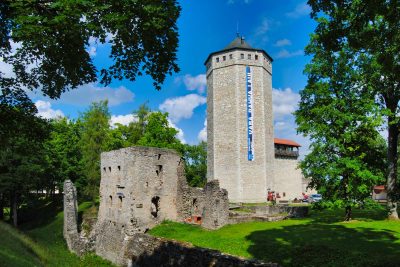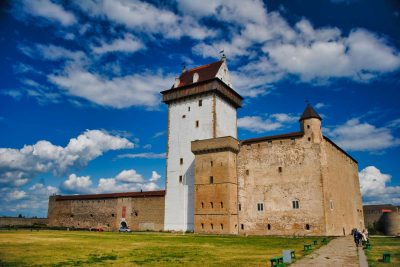The Estonian south serves many international tourists only as a transit stop on the way to Tallinn. Some make a stopover in Tartu, but shy away from Viljandi. In this article, we will show you why it is worth taking a closer look at this part of the country. And if you want to explore other parts of Estonia: Our colleague Thorsten Altheide has compiled the most beautiful sights of the country for you here.
This is Estonia’s south
Estonia’s south differs significantly from other parts of the country in terms of landscape and culture. Southern Estonia seems miles away from modern Tallinn, Russian-influenced Narva and the sophisticated seaside resorts on the Baltic coast. Although the University of Tartu is one of the most important educational institutions in the Baltic States, the clocks here move differently than in the rest of the country and everything is a little quieter and more relaxed. This is perhaps also due to the landscape, which is not as flat here as in the north, but is characterised by rolling hills, rivers, sandstone formations and lonely lakes.
In addition to the many small lakes, however, the country’s two largest bodies of water are also located here. Lake Peipus in the far east today forms the border with Russia, while the much smaller Lake Võrtsjärv is located much further inland. Both are connected by the Emajõgi River, which also flows through Tartu. Off we go on our journey through one of Estonia’s most idyllic landscapes!
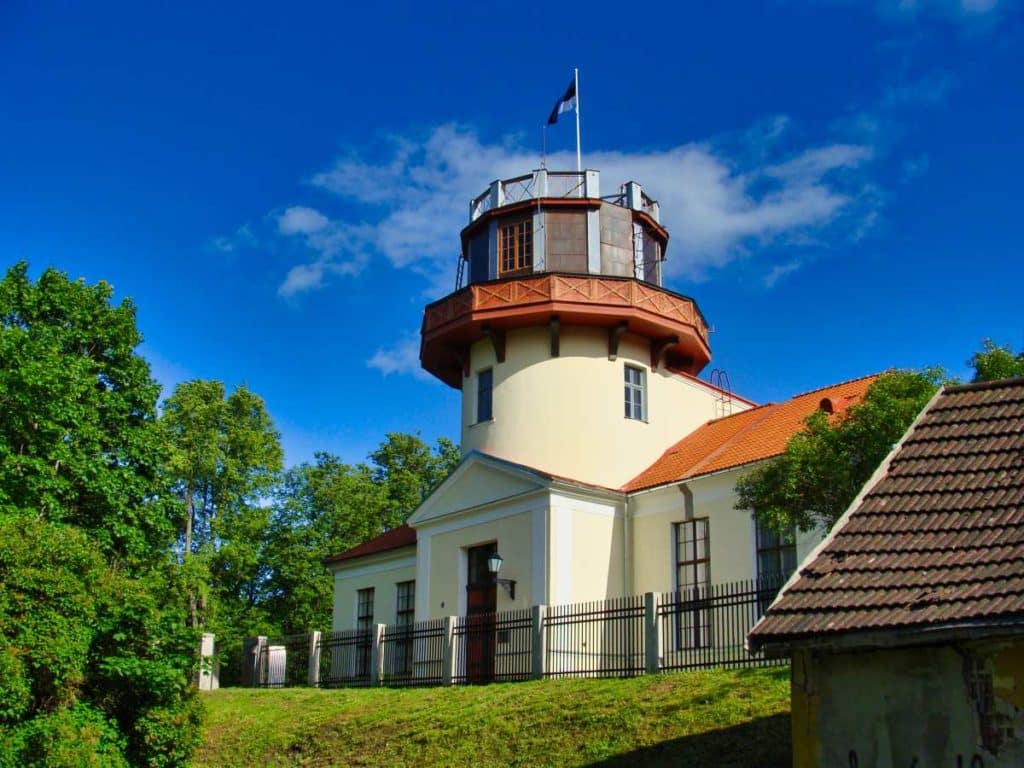
Tartu
Tartu can be mentioned in the same breath as well-known student cities in the West. In terms of flair, the city hardly differs from Oxford, Heidelberg or Uppsala. With just under 100,000 inhabitants, Tartu is quite small, but it is Estonia’s second-largest city after Tallinn and, to a certain extent, the cultural cradle of the country. And yet a lively alternative culture has established itself here.
But there are also many classic sights to see. Especially the town hall square and the cathedral hill are worth a visit, but there are also many other things to discover. For us, these are enough reasons to introduce Tartu to you in a separate article.
European Capital of Culture 2024
Tartu has been awarded the title of European Capital of Culture for 2024 due to its important cultural scene and institutions such as the university. The city will certainly be bursting at the seams then, so you’d better plan your visit in advance.
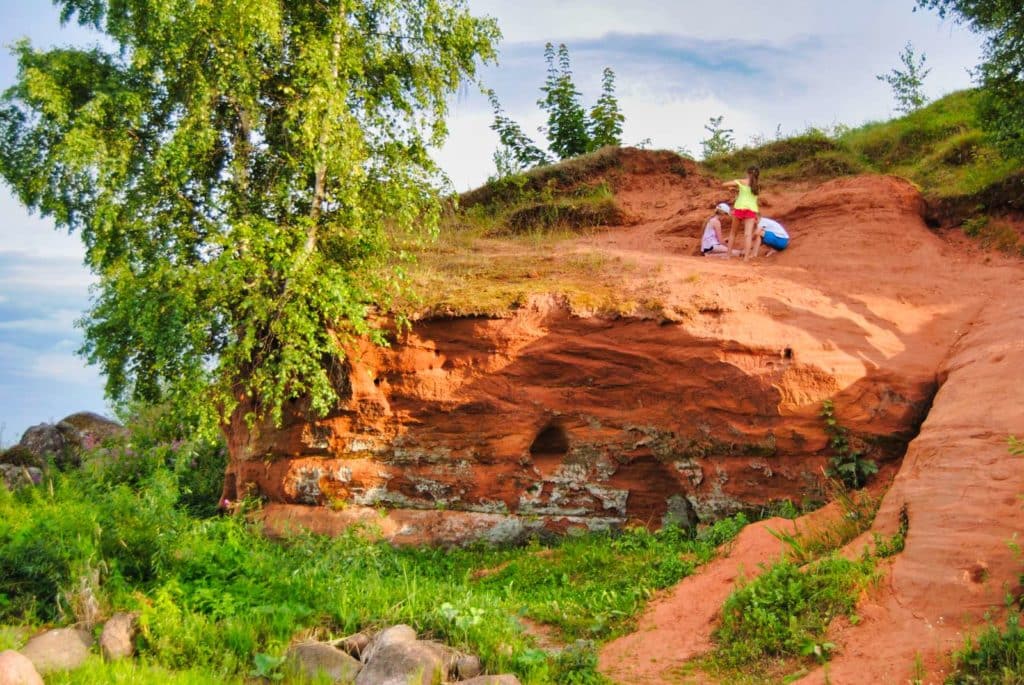
Around Lake Peipus
You’ve never heard of Lake Peipus? At 3550 km², it is the third largest lake in the EU and about as big as the Lake of the Woods! It actually consists of three lakes, a large lake in the north, a very small body of water in the middle and a medium-sized lake in the south. The EU’s external border runs through the middle of these waters, with Russia on the other side.
Lake Peipus is of particular importance for Russian history, because it was here that the Russian Prince Alexander Nevsky defeated an allied German army in 1242, thus putting an end to the eastern expansion of the Teutonic Order, which we will tell you more about in this article. Today, however, things are quite peaceful here and Lake Peipus is a paradise for swimming and fishing.

Old Believer’s Villages – On the Onion Trail
The shores of Lake Peipus are inhabited by a group of people who fled here from Russia in the mid-17th century. They are so-called Old Believers who did not want to go along with certain Orthodox church reforms. This culminated in a beard tax (yes, you read that right) being imposed on them. Since they did not want to pay taxes for their beards, they were persecuted for their faith. At Lake Peipus, the settlers also known as “Onion Russians” found a new home. Here they have preserved their old way of life. Today you can see their isolated way of life for yourself in Kallaste, Mustvee and Nina. And in Kolkja there is even a small museum of the Old Believers.

Alatskivi
A little to the west of Lake Peipus is the municipality of Alatskivi. The Baltic German Arved von Nolcken was inspired by Balmoral Castle in Scotland and built a neo-Gothic style castle here in the 1880s that actually looks as if it were standing on a Scottish moor. It is one of the most beautiful castles in the Baltic States and is surrounded by a huge park. The beautifully restored castle houses a museum commemorating the Estonian composer Eduard Tubin.
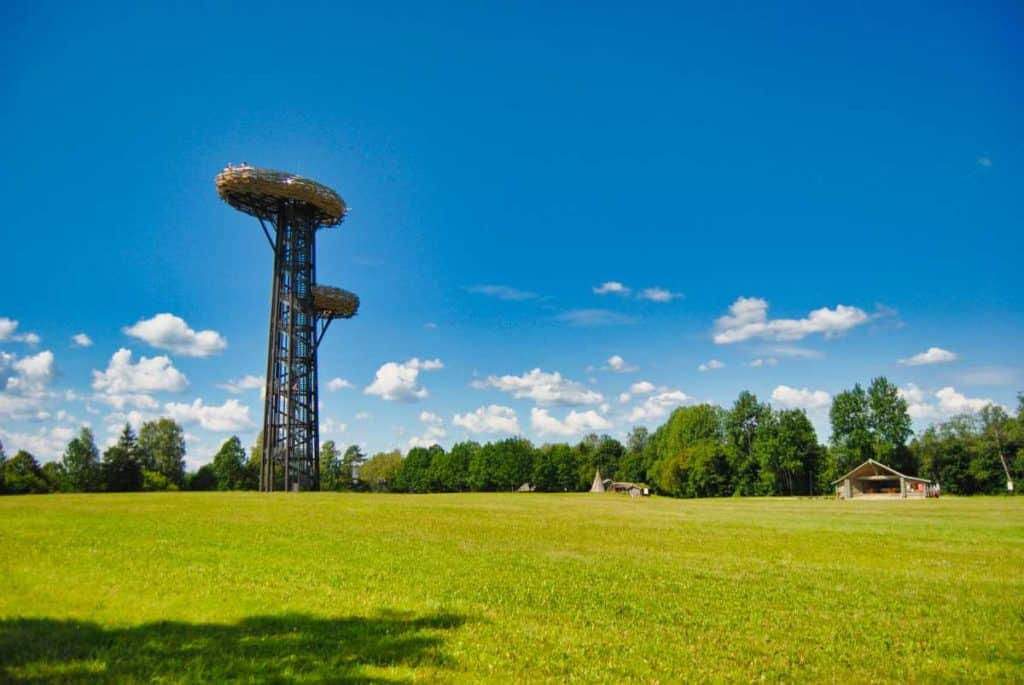
Haanja Nature Reserve
The Haanja Nature Reserve is a unique natural landscape for Estonia and refutes some stereotypes people have of the “flat” Baltic States. Unlike other parts of the country, the landscape here is quite hilly. Although the highest mountain in the country, Suur Munamägi, is only 318 metres high, steep inclines are not uncommon here.
You can also take a wonderful walk in the village of Rõuge in the so-called Nightingale Valley. And fans of old ruins will enjoy Vana-Vastseliina, not far from the Russian border, where a mighty bishop’s castle once stood. If you take the trouble to climb down the long stairs from the ruins, you will reach the overgrown park that the German-Baltic landowner Guido Reinhold von Liphart had laid out in the 19th century.
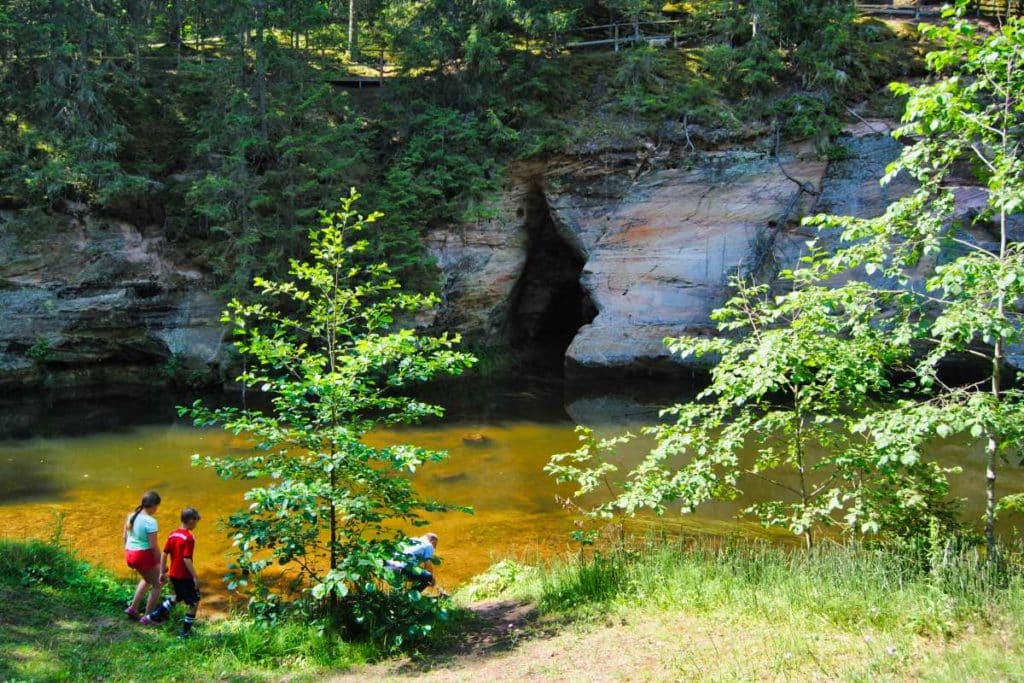
Suur Taevaskoja
North of the town of Põlva lies the so-called “Great Hall of Heaven”, Suur Taevaskoja. But what is hidden behind the picturesque name? It is an almost 25-high, yellow-red sandstone outcrop on the banks of the Ahja River. If you were to canoe along here, you would think you were in a kind of mini Grand Canyon. Besides the Great Hall of Heaven, there are a number of other such sandstone formations, including, of course, a Small Hall of Heaven. Here you can not only canoe, but also hike and cycle.
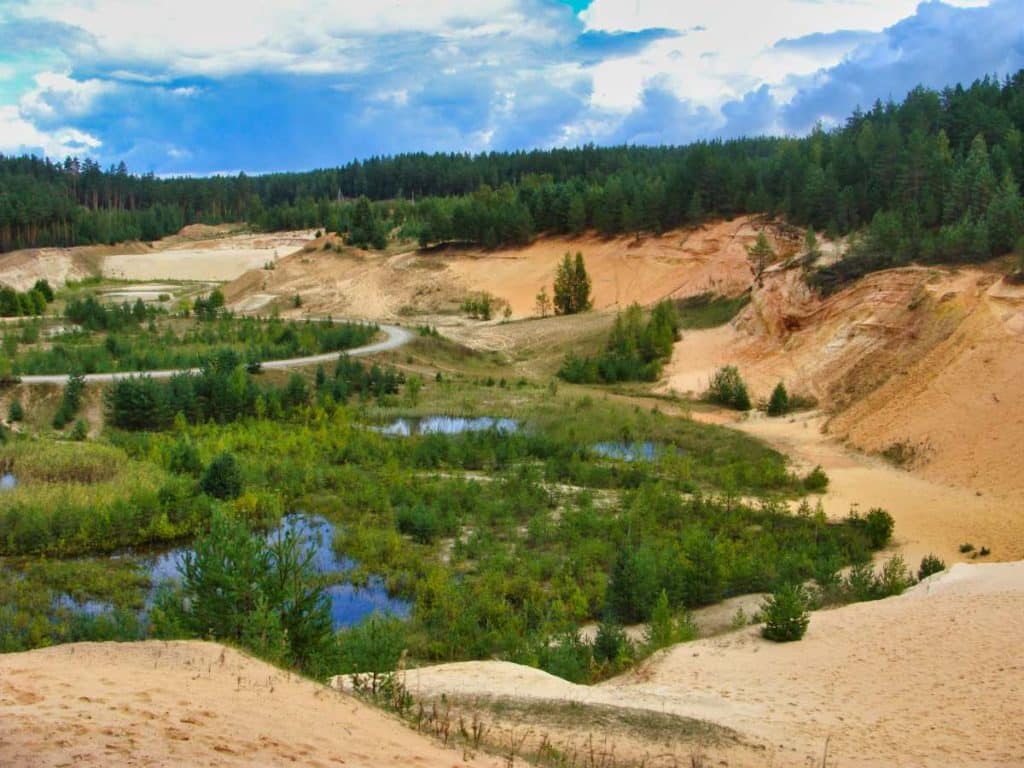
Sandstone caves and dunes of Piusa
Directly on the Russian border there is yet another spectacular beauty. The quarrying of quartz sand created an underground labyrinth in Piusa, which is now inhabited by bats. Unfortunately, many of the caves are in danger of collapsing, which is why not all of them are accessible today. However, you could visit part of them from a visitor platform. But a walk through the dunes around the caves is also a real experience!
Winter sports in Otepää
Skiing in the Baltic States? No problem in Otepää. The two counties of Valgamaa and Võrumaa have been popular winter sports areas for years. Otepää is located in Valgamaa and the Tehvandi sports centre is located here. It used to be used by Soviet athletes to prepare for international competitions and in the 2021/2022 season, a biathlon World Cup will be held here for the first time. Incidentally, the facility is also used for other sports in the summer. In the meantime, many athletes from Latvia and Lithuania also train here because of the good conditions.
These three Seto ladies perform a traditional Leelo song here
Seto Museum in Värska
Värska is not far from Lake Peipus and is known for the mineral water that is bottled here. However, the place is best known as the home of the Seto people. This ethnic minority has preserved its culture to this day and still numbers about 10,000 people. Like the Estonians, they speak a Finno-Ugric language, but differ from the majority society in their Orthodox faith (Estonia is a predominantely Lutheran country). The Seto cultivate a special song, the leelo, which has been declared an intangible cultural heritage by UNESCO. You can learn about the Seto and their history at the Seto Museum in Värska.
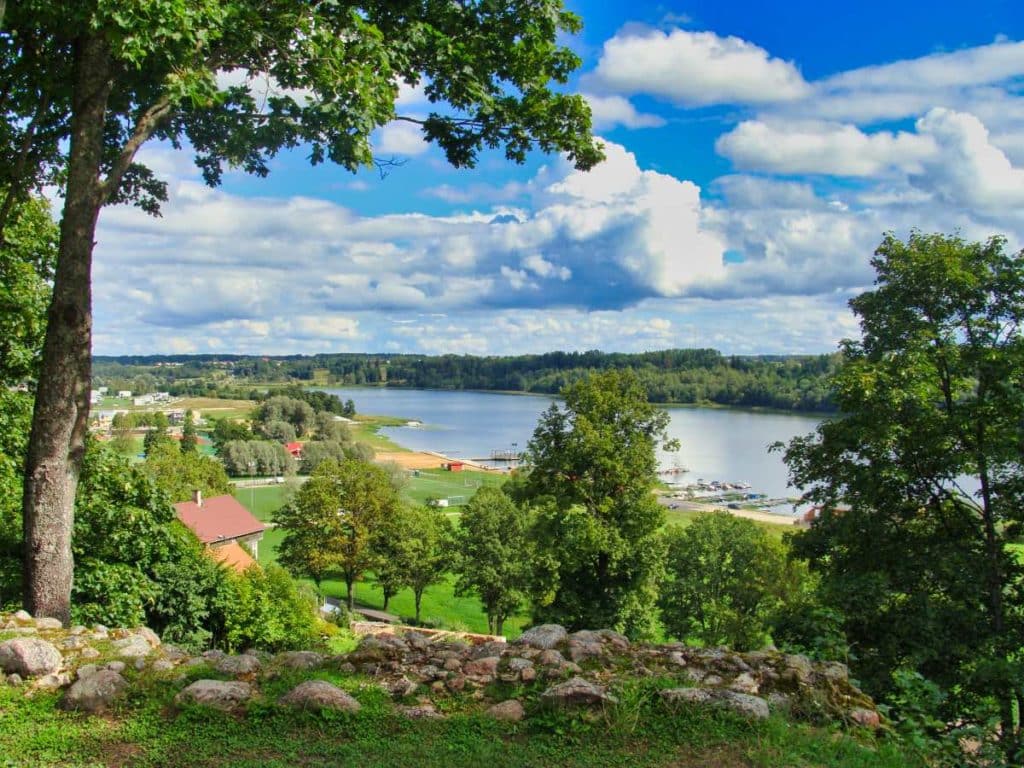
Viljandi
The former Hanseatic city of Viljandi has 18,000 inhabitants and is the sixth largest city in the country. Here, too, you will come across a ruined castle from which you have a wonderful view of the lake of the same name, in which you can swim extensively in summer. But Viljandi is best known for being the centre of traditional music and for hosting a major folk festival every year. Viljandi is therefore the ideal place to get to know the local musical traditions. You can also get an idea of the city’s rich history at the Viljandi Museum.
No products found.
No products found.
No products found.
No products found.
We hope you enjoyed our trip to the south of Estonia. What is your favourite place for a holiday in Estonia? Let us know and drop us a comment!

